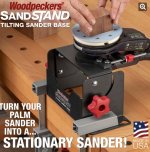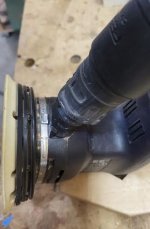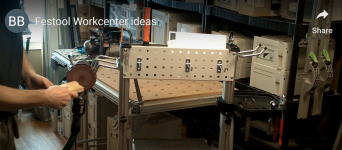bwehman
Member
- Joined
- Mar 21, 2016
- Messages
- 380
I sold my oscillating bench top sander (the ridgid one everybody has) because I so rarely used it, it wasn't worth the space it occupied... but then I just saw this and feel like it'd be perfect for a lot of uses, and easy to stow away too.
https://www.woodpeck.com/sandstand-tilting-sander-base.html
Anyone have experience with it?
https://www.woodpeck.com/sandstand-tilting-sander-base.html
Anyone have experience with it?





